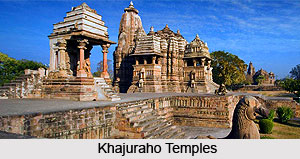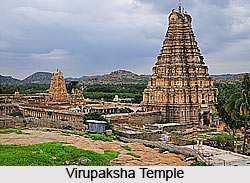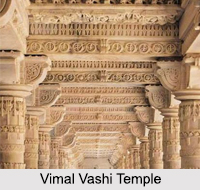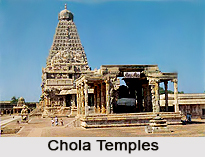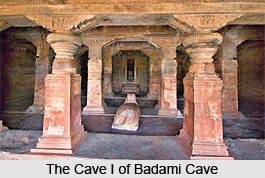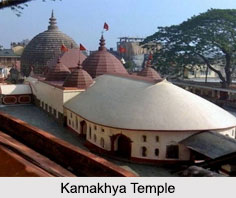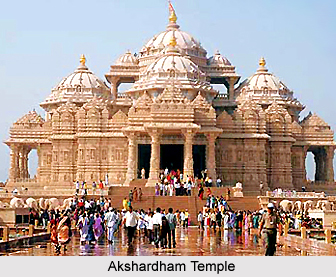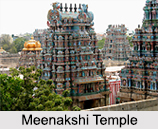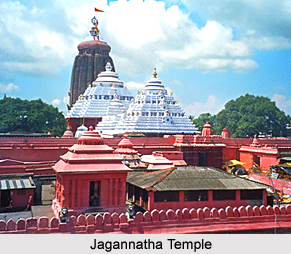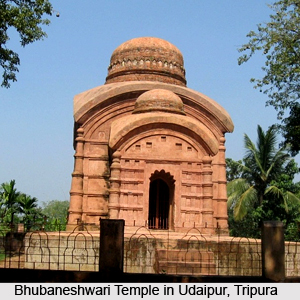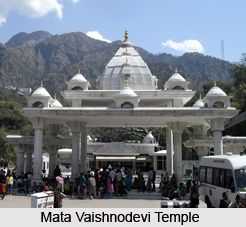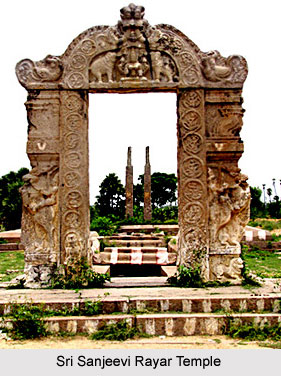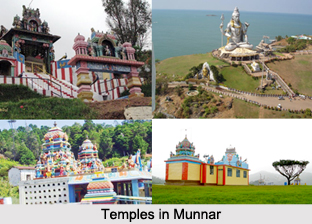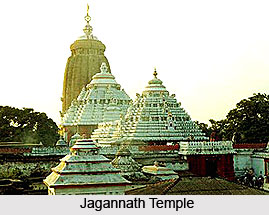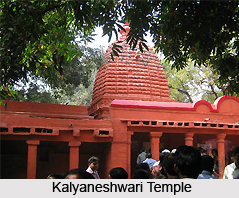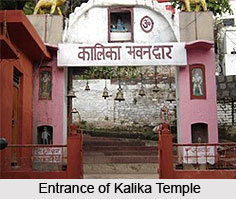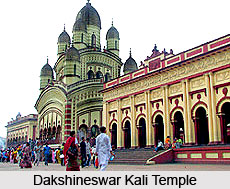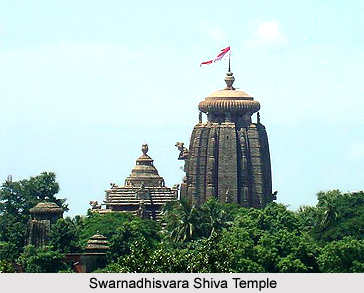 The Swarnadhisvara Shiva temple located in Bhubaneswar in the Indian state of Orissa enshrines a Shivalingam inside a circular yoni pitha. Situated on the northern side of the road, it leads the path from Lingaraj Temple to Kedargouri Temple.
The Swarnadhisvara Shiva temple located in Bhubaneswar in the Indian state of Orissa enshrines a Shivalingam inside a circular yoni pitha. Situated on the northern side of the road, it leads the path from Lingaraj Temple to Kedargouri Temple.
Architecture of Swarnadhisvara Shiva Temple
13th century C.E. witnessed the grand establishment of the Swarnadhisvara temple during the rule of the Ganga Dynasty. Carved out of laterite stone, this colossal exploit breathes the essence of Kalingan style of architecture. The construction technique of the temple is dry masonry. The sanctum which is built 2 m below the ground level measures almost 1.5 square metres. As the temple faces the eastern side, a vimana adorned design dominates the scene with a frontal porch measuring 3.5 square metres. Existence of pancharatha falls within the plan having a central raha. On its either side there can be seen a pair of anuratha and kanika pagas. The bada on elevation measures a height of 2.3 m a panchanga one,that is partly buried. The baranda has three mouldings those measures 0.55 m, a gandi measuring 3.0 m in height having a central raha. It is flanked by a pair of anuratha and kanika pagas on its either side. The mastaka measuring 1.0 m in height comprises of elements such as khapuri, beki, amlaka and kalasa. The wall on the east side of the gandi has three miniature rekha deula. The central one among them is comparatively taller than the two other rekha deula with a gajakranta motif is constructed above it. The northern wall is decked with a vajra mastaka with a broken udyota simha above it. Other than the Shivalingam, the temple even ensures the subsistence of an image of Lord Ganesha in its sanctum. The idol stands on a lotus pedestal and with his right hand it carries a parasu while its other hands have manifested the ravages of time; broken and tattered.
The doorjambs of the Swarnadhisvara Shiva Temple are embellished with three plain vertical bands with an idol of Goddess Gajalaxmi is installed in the lalatabimba. The upper portion of the chandrasila is marked by certain doorjambs having dwarpala niches on its either side and surmounted by khakhara mundis. The dwarpalas, however, reflect the ruins of time. The moulding around a door or window known as architrave ensures the positioning of a navagraha seated in padmasana posture carved inside a niche.
Swarnadhisvara Shiva Temple is presently in a dilapidated condition owing to the development of cracks as a result of the continuous seepage of water, vegetation growth and encroachments. The Sradha mandapa built bear the temple infringe upon the entrance of the temple. The Orissa State Archaeology under the X and XI Finance Commission Award later took up the initiative of repairing and renovating the temple. The temple whispers the sagas of the bygone times reflecting a silent narration of period, history and moments of Orissa.
